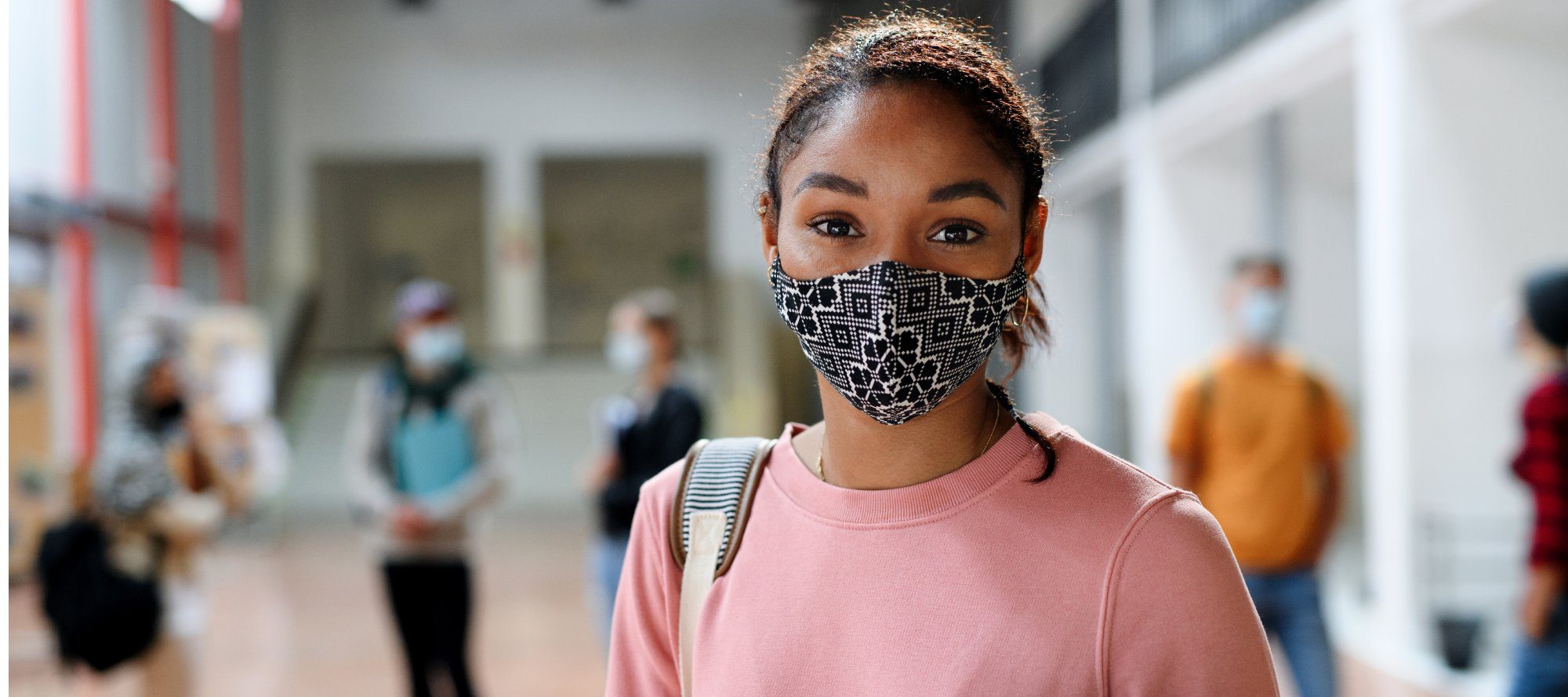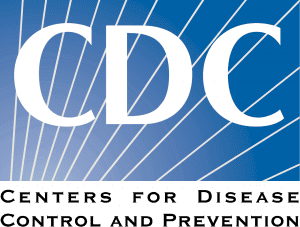- Children and COVID19: State Level Data Report
State-level reports are the best publicly available and timely data on child COVID-19 cases in the United States. The American Academy of Pediatrics and the Children’s Hospital Association are collaborating to collect and share all publicly available data from states on child COVID-19 cases. The definition of “child” case is based on varying age ranges reported across states (see report Appendix for details and links to all data sources). COVID-19 cases among US children have reached the highest case count ever reported since the start of the pandemic. For the week ending December 30th, over 325,000 child COVID-19 cases were reported. This number is a 64% increase over the 199,000 added cases reported the week ending December 23rd and an almost doubling of case counts from the two weeks prior. Nearly 7.9 million children have tested positive for COVID-19 since the onset of the pandemic, representing over 1 in 10 US children. For the 21st week in a row child COVID-19 cases are above 100,000. Since the first week of September, there have been over 2.8 million additional child cases. - Challenges in Inferring Intrinsic Severity of the SARS-CoV-2 Omicron Variant
In this analysis, It was estimated that Omicron was about 75% as likely as Delta to cause hospitalization in an unvaccinated person with no history of SARS-CoV-2 infection. The authors suggested that this fairly small difference implied that omicron, alpha, and wild-type SARS-CoV-2 have similar intrinsic severity. - Trends in Disease Severity and Health Care Utilization During the Early Omicron Variant Period Compared with Previous SARS-CoV-2 High Transmission Periods
The SARS-CoV-2 B.1.1.529 (Omicron) variant became predominant in the United States by late December 2021, leading to a surge in COVID-19 cases and associated ED visits and hospitalizations. Despite Omicron seeing the highest reported numbers of COVID-19 cases and hospitalizations during the pandemic, disease severity indicators, including length of stay, ICU admission, and death, were lower than during previous pandemic peaks. Although disease severity appears lower with the Omicron variant, the high volume of hospitalizations can strain local health care systems and the average daily number of deaths remains substantial. This underscores the importance of national emergency preparedness, specifically, hospital surge capacity and the ability to adequately staff local health care systems. In addition, being up to date on vaccinations and following other recommended prevention strategies are critical to preventing infections, severe illness, or death from COVID-19.
- Associations between adverse childhood experiences, attitudes towards COVID-19 restrictions and vaccine hesitancy: a cross-sectional study
In this cross-sectional study, authors looked at the impact of adverse childhood experiences on vaccine hesitancy. A national telephone survey was conducted in Wales among residents 18 and older between December 2020 and March 2021. Contact was made with 6763 individuals, of whom 98 (1.4%) were ineligible, 4062 (60.1%) declined and 2603 agreed to participate in the study. Of those who agreed, 277 did not meet the age quota in their area and 2326 completed the questionnaire, with 64.7% of respondents being female. Thus, the participation rate was 36.4% (2326/6388) of eligible individuals who met the quota sampling, or 34.9% (2326/6665) of all eligible participants. The sample used for analysis here was limited to participants who answered all questions of interest (N=2285). Approximately half of participants reported having experienced no ACEs (51.86%) with proportions in the 1 ACE, 2–3 ACEs and 4+ ACE categories being 21.40%, 16.46%, and 10.28%, respectively. Researchers found that Increasing ACE counts were independently related to low trust in COVID-19 information. They reported that they found vaccine hesitancy was threefold higher with 4+ Adverse childhood experiences (vs 0 ACEs). - U.S. FDA approves the Moderna COVID-19 Vaccine (Spikevax) for the prevention of COVID-19 in individuals 18 years of age and older
Today, the U.S. Food and Drug Administration approved a second COVID-19 vaccine. The vaccine has been known as the Moderna COVID-19 Vaccine; the approved vaccine will be marketed as Spikevax for the prevention of COVID-19 in individuals 18 years of age and older. Spikevax meets the FDA’s rigorous standards for safety, effectiveness and manufacturing quality required for approval. Moderna COVID-19 Vaccine has been available under emergency use authorization (EUA) for individuals 18 years of age and older since Dec. 18, 2020. - Novavax Submitted a Request to the U.S. FDA for Emergency Use Authorization of COVID-19 Vaccine
Novavax, Inc. (Nasdaq: NVAX), a biotechnology company dedicated to developing and commercializing next-generation vaccines for serious infectious diseases, announced that it has submitted a request to the U.S Food and Drug Administration (FDA) for Emergency Use Authorization (EUA) for NVX-CoV2373, its protein-based COVID-19 vaccine candidate for immunization of individuals 18 year of age and older against SARS-CoV-2. The request for EUA is based on the totality of pre-clinical, clinical and manufacturing-related (CMC) data provided to the agency, including results of two large pivotal clinical trials that demonstrated an overall efficacy of approximately 90 percent and a reassuring safety profile. Novavax conducted two pivotal Phase 3 clinical trials: PREVENT-19 which enrolled approximately 30,000 participants in the U.S. and Mexico and published results in the New England Journal of Medicine (NEJM) and a trial with almost 15,000 participants in the U.K. which was also published in NEJM. In both trials, the vaccine demonstrated efficacy with a reassuring safety profile. Serious and severe adverse events were low in number and balanced between vaccine and placebo groups. The most common adverse reactions observed during clinical studies (frequency category of very common ≥1/10) were headache, nausea or vomiting, myalgia, arthralgia, injection site tenderness/pain, fatigue, and malaise. Novavax will continue to collect and analyze real-world data, including the monitoring of safety and the evaluation of variants, as the vaccine is distributed in authorized markets. As part of the PREVENT-19 trial, a booster study is ongoing to evaluate the safety and effectiveness of a third does of the vaccine, as well as a study in adolescents aged 12-17. - Efficacy of Antibodies and Antiviral Drugs against Covid-19 Omicron Variant
Study authors examined the neutralizing ability of FDA-approved and investigational therapeutic monoclonal antibodies (individually and in combination) against omicron and other variants of concern. The potential limitations of their study include the lack of clinical data on the efficacy of these monoclonal antibodies and antiviral drugs for the treatment of patients infected with omicron. Additional studies are needed to determine whether these antiviral therapies are indeed effective against infection with the omicron variant. Collectively, their findings show that therapeutic options may be available to combat the omicron variant of SARS-CoV-2; however, some therapeutic monoclonal antibodies may not be effective against this variant. - Nirmatrelvir, an orally active Mpro inhibitor, is a potent inhibitor of SARS-CoV-2 Variants of Concern
Pfizer shared results from multiple studies demonstrating that the in vitro efficacy of nirmatrelvir, the active main protease (Mpro) inhibitor of PAXLOVID (nirmatrelvir tablets and ritonavir tablets), is maintained against the SARS-CoV-2 variant Omicron. Taken together, these in vitro studies suggest that PAXLOVID has the potential to maintain plasma concentrations many-fold times higher than the amount required to prevent Omicron from replicating in cells. Clinical findings show PAXLOVID reduced risk of hospitalization or death by nearly 90% compared to placebo for high-risk patients when treated within five days of symptom onset. This data suggests that oral COVID-19 therapy can be an important and effective tool in our continued battle against this devastating virus and current variants of concern, including the highly transmissible Omicron. Pfizer will continue to monitor the treatment’s activity in real-world settings and believe that these in vitro findings will continue to be validated.
- Multiple Early Factors Anticipate Post-Acute COVID-19 Sequelae
Study authors began a deep multi-omic, longitudinal investigation of 309 COVID-19 patients from initial diagnosis to convalescence (2–3 months later), integrated with clinical data and patient-reported symptoms. We resolved four PASC-anticipating risk factors at the time of initial COVID-19 diagnosis: type 2 diabetes, SARS-CoV-2 RNAemia, Epstein-Barr virus viremia, and specific auto-antibodies. In patients with gastrointestinal PASC, SARS-CoV-2-specific and CMV-specific CD8+ T cells exhibited unique dynamics during recovery from COVID-19. Analysis of symptom-associated immunological signatures revealed coordinated immunity polarization into four endotypes, exhibiting divergent acute severity and PASC. We find that immunological associations between PASC factors diminish over time, leading to distinct convalescent immune states. Detectability of most PASC factors at COVID-19 diagnosis emphasizes the importance of early disease measurements for understanding emergent chronic conditions and suggests PASC treatment strategies.
Situation Dashboards

World Health Organization (WHO)
Novel Coronavirus (COVID-19) Situation from World Health Organization (WHO)

Johns Hopkins University (JHU)
Coronavirus COVID-19 Global Cases by the Center for Systems Science and Engineering (CSSE) at JHU

COVID-19 in US and Canada
1Point3Acres Real-Time Coronavirus (COVID-19) Updates in US and Canada with Credible Sources

Genomic Epidemiology COVID-19
Genomic Epidemiology of (COVID-19) Maintained by the Nextstrain team, enabled by data from GISAID.





